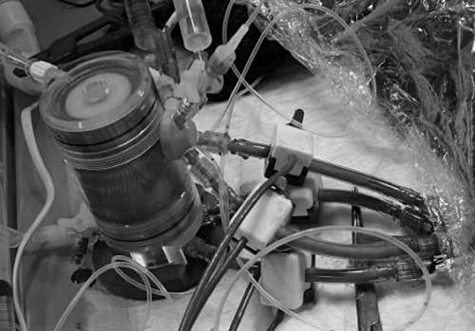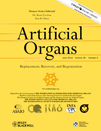Fifty Years of Work on the Artificial Placenta: Milestones in the History of Extracorporeal Support of the Premature Newborn
First two authors contributed equally to this manuscript.
Presented in part at the 7th International Conference on Pediatric Mechanical Circulatory Support Systems and Pediatric Cardiopulmonary Perfusion held May 5–7, 2011 in Philadelphia, PA, USA.
Abstract
The concept of an artificial placenta has been pursued in experimental research since the early 1960s. The principle has yet to be successfully implemented in neonatal care despite the constant evolution in extracorporeal life support technology and advancements in neonatal intensive care in general. For more than three decades, the physical dimensions of the required equipment necessitated pump-driven circuits; however, recent advances in oxygenator technology have allowed exploration of the simpler and physiologically preferable concept of pumpless arteriovenous oxygenation. We expect that further miniaturization of the extracorporeal circuit will allow the implementation of the concept into clinical application as an assist device. To this end, NeonatOx (Fig. 1), a custom-made miniaturized oxygenator with a filling volume of 20 mL, designed by our own group, has been successfully implemented with a preterm lamb model of less than 2000 g body weight as an assist device. We provide an overview of milestones in the history of extracorporeal membrane oxygenation of the preterm newborn juxtaposed against current and future technological advancements. Key limitations, which need to be addressed in order to make mechanical gas exchange a clinical treatment option of prematurity-related lung failure, are also identified.

NeonatOx, a low-volume extracorporeal assist device for preterm lung failure.




